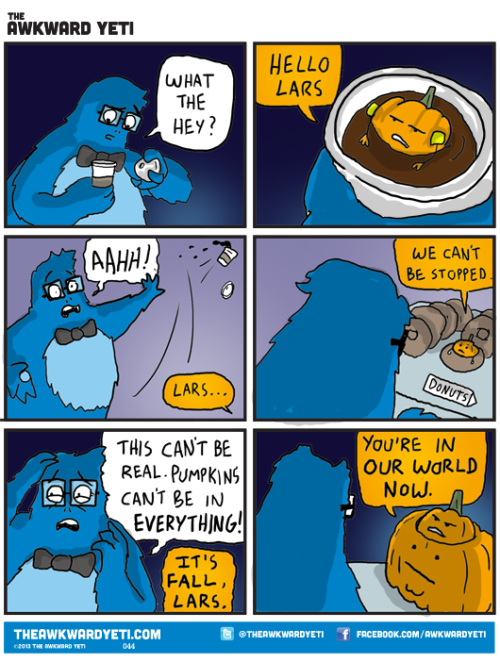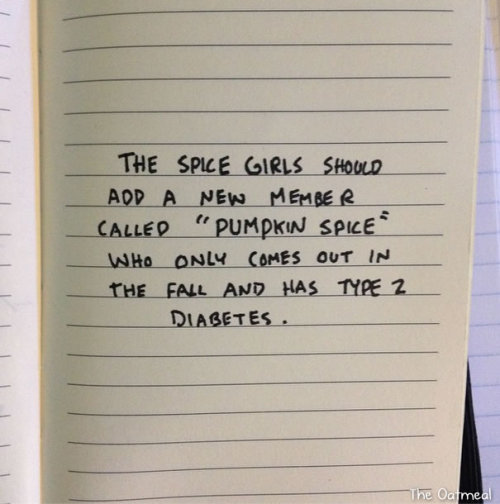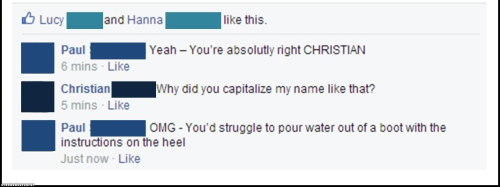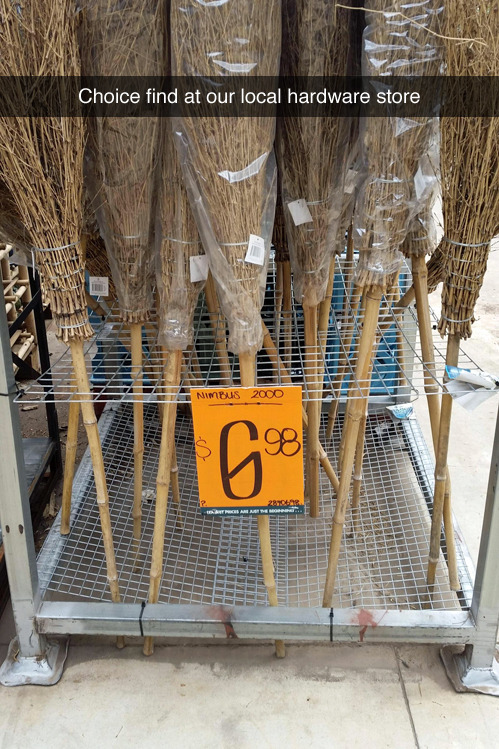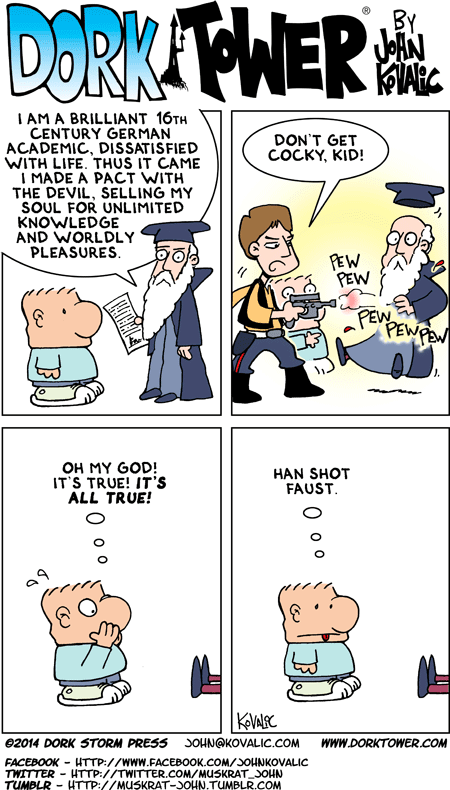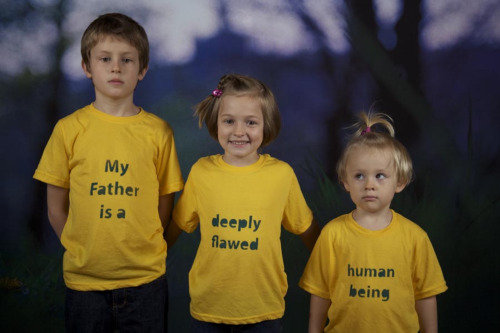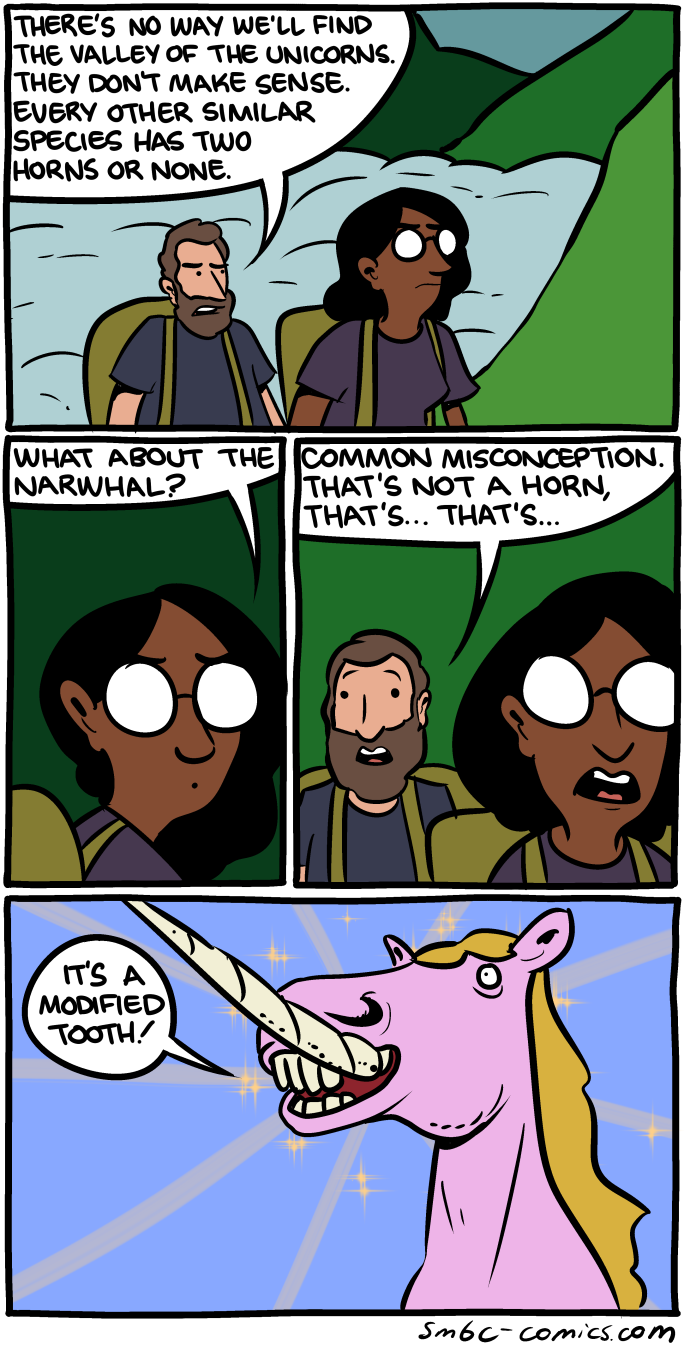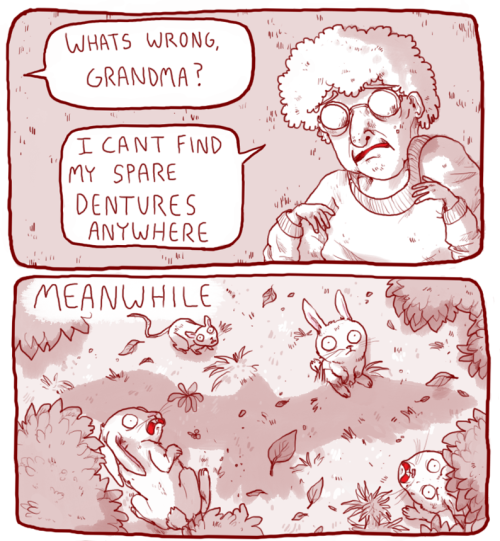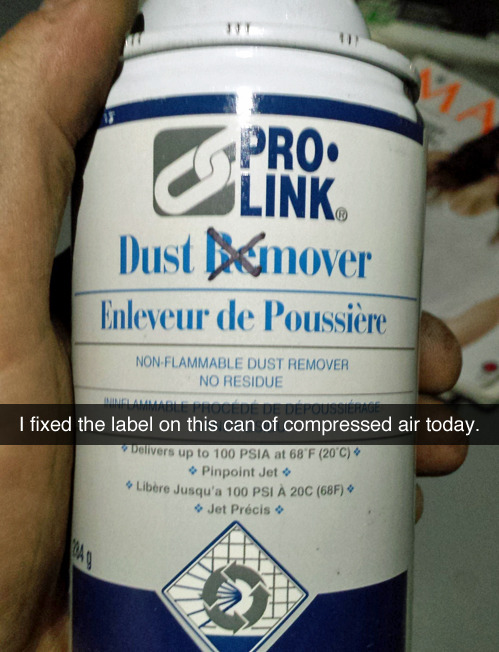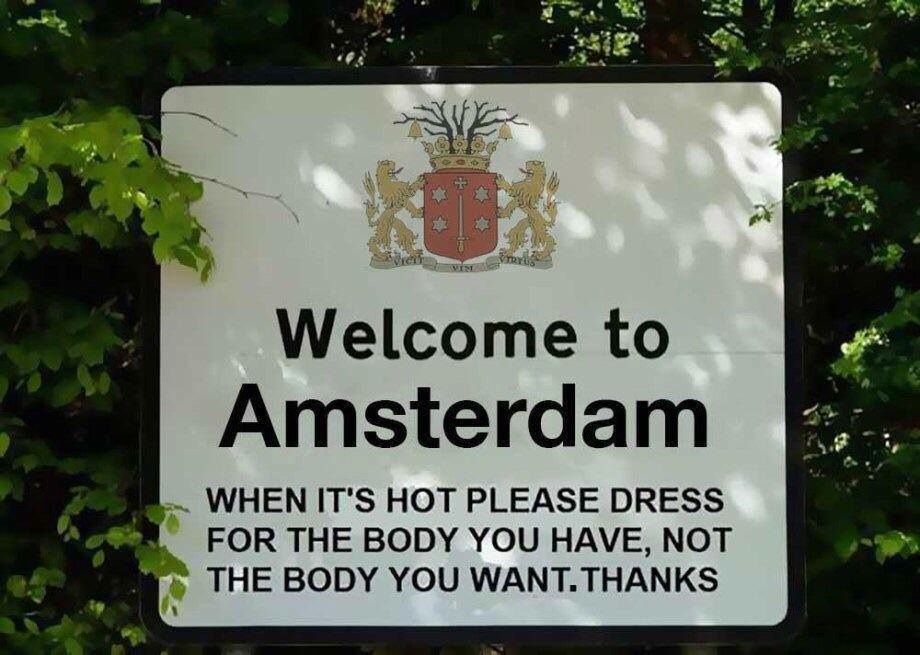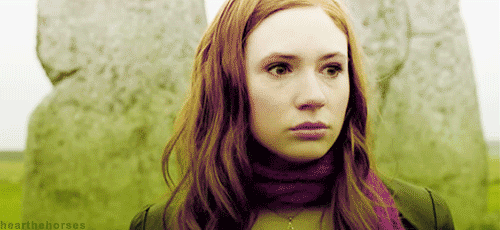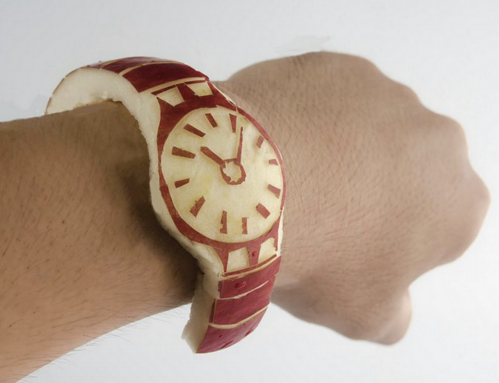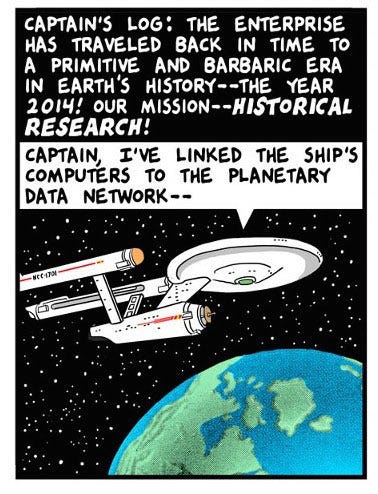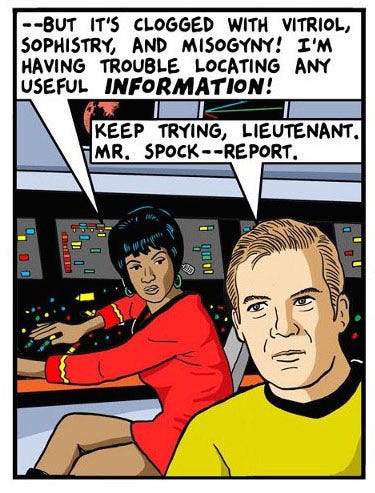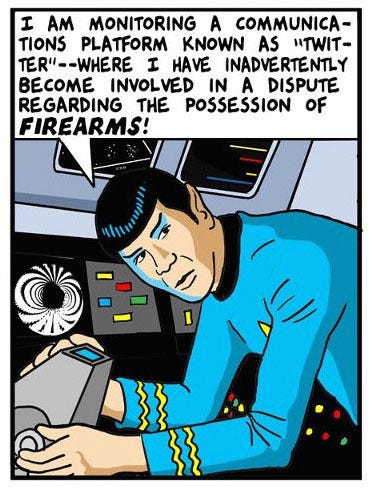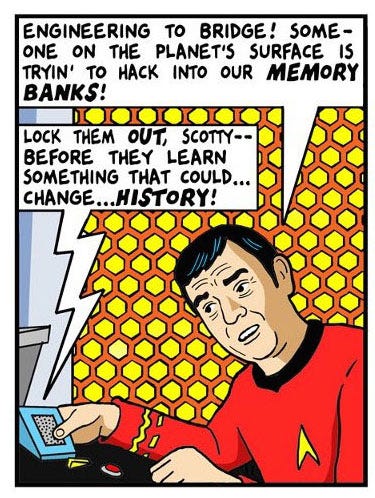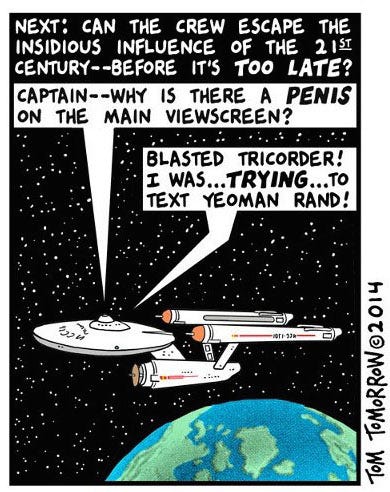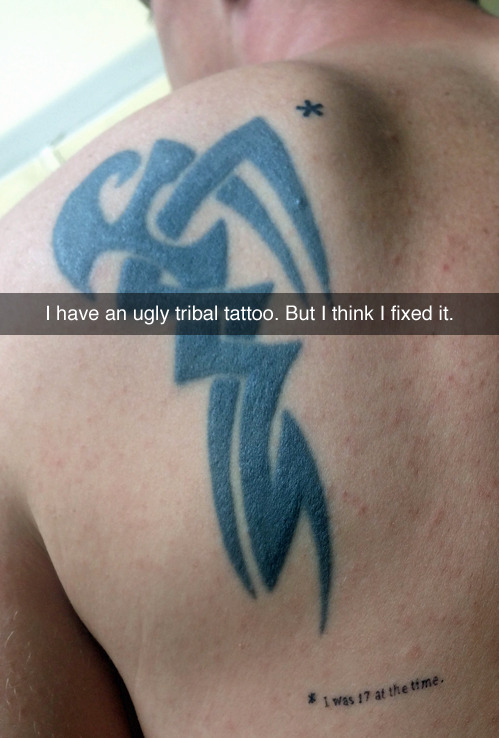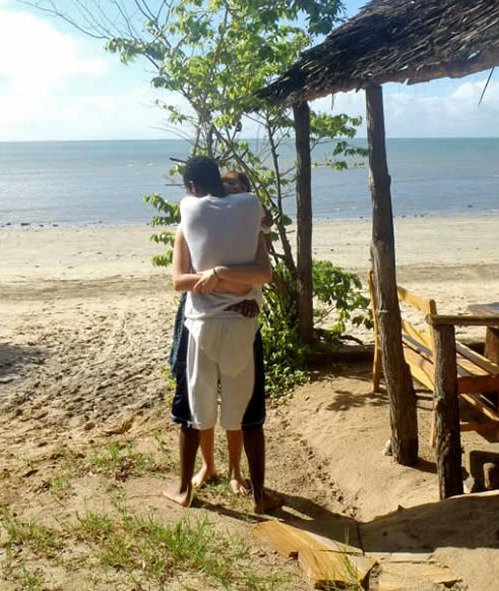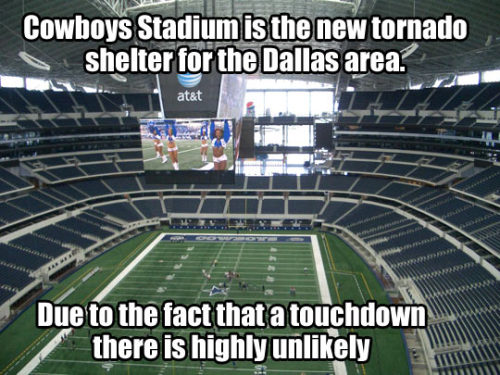Four years ago today, I met Dana Hunter for the first time. We went up Marys Peak to get a good look at a transect of Oregon's Coast Range Geology. So I'm interrupting the current series in the Newport area for a couple of days. (The following day, we went to Florence and the headlands between Florence and Yachats.) Above, we see steeply dipping beds of Tyee Formation along Route 34, a couple miles east of Alsea Pass. This outcrop is close to the Corvallis Fault; it lies just to the west here, and crosses the Coast Range crest on the west side of Alsea Pass.
Photo unaltered. September 20, 2010. FlashEarth Location.
Miscellaneous thoughts on politics, people, math, science and other cool (if sometimes frustrating) stuff from somewhere near my favorite coffee shop.
Saturday, September 20, 2014
Friday, September 19, 2014
Geo 730: September 19, Day 627: Faulty Cove
In this overview of the cove on the north side of Yaquina Head, we can see the fault-mediated cave on the west side, the smaller fault-mediated cave on the east, and we can see that these faults are essentially parallel to each other. This suggests that the cove itself is the result of a broad fault zone creating a weak brecciated area between the two walls, where wave action has managed to erode out the broken rock. Though a casual tourist is not in a position to do so, what further observations could support or undermine this hypothesis? Getting a good look at the end of the cove, directly below where I was standing, would allow an observer to see if the rock is heavily brecciated. One could potentially rappel down, but a small boat would be a more appealing option to me.
But there's a problem. See those white areas on the cliff, with small black spots? The white is guano, and the black spots are nesting seabirds. While the water was fairly peaceful on this mid-July day, disturbing those birds is a Federal offense. I'll just stay up here, for now.
Incidentally, the odd, black, corrugated thing on the lower left is a drain pipe to get runoff from the road down to the shore without eroding the soil around the cliff edge.
Photo unaltered. July 15, 2014. FlashEarth Location.
But there's a problem. See those white areas on the cliff, with small black spots? The white is guano, and the black spots are nesting seabirds. While the water was fairly peaceful on this mid-July day, disturbing those birds is a Federal offense. I'll just stay up here, for now.
Incidentally, the odd, black, corrugated thing on the lower left is a drain pipe to get runoff from the road down to the shore without eroding the soil around the cliff edge.
Photo unaltered. July 15, 2014. FlashEarth Location.
Thursday, September 18, 2014
Geo 730: September 18, Day 626: Faulty Sea Cave 2
Looking at the other, western, side of this cove reveals another, smaller, sea cave. But like yesterday's example, it's clearly associated with a vertical fracture, almost certainly a fault. The reason I don't simply assert that it is a fault is that I would need to demonstrate some evidence of offset parallel to the fracture, such as displaced layers, broken clasts, slickensides, or something along those lines. Obviously, I couldn't get close enough to do that, so I have to leave open the possibility (however slight, in my opinion) that this is simply a set of parallel joints.
Photo unaltered. July 15, 2014. FlashEarth Location.
Photo unaltered. July 15, 2014. FlashEarth Location.
Wednesday, September 17, 2014
Geo 730: September 17, Day 625: Faulty Sea Cave
Looking down into the same cove we saw from a bit farther back yesterday, the west (left) wall is improbably flat and straight. This is almost certainly a fault surface. It could possibly be a joint, but the jointing here is extremely irregular, and such an extensive one along a consistent plane seems unlikely. Above the sea cave in the middle left of the photo, we can see two vertical fractures which apparently form the boundaries of that cave; from that we can see they're roughly parallel. I'll post a view of the east (right) side of the cove tomorrow, then a shot of the whole shebang the next day. Together, these photos suggest that the cove represents a fault zone several tens of feet wide.
Photo unaltered. July 15, 2014. FlashEarth Location.
Photo unaltered. July 15, 2014. FlashEarth Location.
Tuesday, September 16, 2014
Geo 730: September 16, Day 624: Yaquina Head, Redux
Back in July, Dana and her friend B. made a whirlwind visit, and we headed over to the coast for cooler weather. Many of the spots on this trip were ones I've covered before in the Geo series, but the photos are different. In particular, looking through the folder, this trip happened to be at near high tide, so there are some distinct differences, emphasizing the importance of considering tidal variations when planning coastal geology trips. Here, we're looking north from Yaquina Head, over a small cove near the cul-de-sac loop and parking area closest to the lighthouse.
Photo unaltered. July 15, 2014. FlashEarth Location.
Photo unaltered. July 15, 2014. FlashEarth Location.
Monday, September 15, 2014
Geo 730: September 15, Day 623: Cheshire Cat
I've already posted a number of items about the Cheshire Cat Quarry in the Quartzville area; more on that in a moment. But when I was up there earlier this summer, I wanted to get a photo of the contact with something for scale. Unfortunately, the light wasn't good, and I didn't notice at the time, but the photo is poorly focused as well. However, the contact between the hackley-jointed basalt and the underlying buried soil (paleosol) is evident to Bobby's left- your right. That soil sits atop the older, hydrothermally altered rock that characterizes most of this area.
Above is a panorama showing why I refer to this as the "Cheshire Cat Quarry." It's a smile without a cat! Nearly two years ago I posted this for Earth Science Week to set the stage for a puzzle... "What will we see when we cross the road?" See that post and the following for clues; see if you can solve it before reading the last two posts below.
Followup, Oct. 18: Clue 3
Followup, Oct 19 AM: Clue 4
Followup, Oct 19 PM: Clues 5 and 6
Followup, Oct 20 noonish: Clue 7 and a Question
Followup, Oct 20 PM: A Sketch of the Quarry Area
Followup, Oct 21: About Clue 2...
Followup, Oct 21: We Can Haz A Winner!
Followup, Oct 21: The Whole Story
I've tried to avoid reusing photos for the "Geo" series, so I won't be posting any more shots from this spot- nor this area, for the time being. This has traditionally been my last stop in the Quartzville area before returning to Corvallis. Tomorrow, on to some new area, which I haven't chosen yet. I have a number of options, though. We'll see.
Photo unaltered. June 14, 2014. FlashEarth Location.
 | ||
| (Click the photo to open full-size) |
Followup, Oct. 18: Clue 3
Followup, Oct 19 AM: Clue 4
Followup, Oct 19 PM: Clues 5 and 6
Followup, Oct 20 noonish: Clue 7 and a Question
Followup, Oct 20 PM: A Sketch of the Quarry Area
Followup, Oct 21: About Clue 2...
Followup, Oct 21: We Can Haz A Winner!
Followup, Oct 21: The Whole Story
I've tried to avoid reusing photos for the "Geo" series, so I won't be posting any more shots from this spot- nor this area, for the time being. This has traditionally been my last stop in the Quartzville area before returning to Corvallis. Tomorrow, on to some new area, which I haven't chosen yet. I have a number of options, though. We'll see.
Photo unaltered. June 14, 2014. FlashEarth Location.
Sunday, September 14, 2014
Geo 730: September 14, Day 622: Liesegang 4
The final shot of Liesegang rings from this spot is a closer view of yesterday's outcrop. The black spots on older surfaces are manganese oxides. In dispersed forms, these can provide a purple coloration to rocks, but I'm betting most of the reds and oranges composing the rings are the result of iron oxides and hydroxides.
Photo unaltered. June 14, 2014. FlashEarth Location.
Photo unaltered. June 14, 2014. FlashEarth Location.
Sunday Funnies: Pumpkin Spice Edition
The Awkward Yeti
Tastefully Offensive
Darius Whiteplume
Texts From TNG
Non Sequitur
Non Sequitur
Bits and Pieces
Tastefully Offensive
What Would Jack Do?
Dork Tower
Funny to Me
Wondermark
Sober in a Nightclub
Sober in a Nightclub
Sober in a Nightclub
SMBC
Wil Wheaton
Iguana Mouth
Tastefully Offensive
Tastefully Offensive
What Would Jack Do?
The Gentleman's Armchair
Partially Clips
"When you lose your mapping partner and start hearing weird noises in the nearby forest" Geology is Hard
"The new Apple watch looks amazing." Tastefully Offensive
Tom Tomorrow
Bizarro
Sober in a Nightclub
What Would Jack Do?
Bits and Pieces
Poorly Drawn Lines
Funny to Me
Darius Whiteplume (Click over for a fun portrait of Alice, and some background info on this tough woman.)
Tastefully Offensive
Funny to Me
Happy Jar
Funny to Me
Tastefully Offensive
Pleated Jeans
Sober in a Nightclub
Memewhore
Bits and Pieces
Real Life Adventures
Wil Wheaton
Bits and Pieces
I don't *think* this was intended to be funny, but WTF is going on with that sign!? Combine that with the guy's smirk, and intended or not... Reuters
Bits and Pieces
Bits and Pieces
Black Adder
Minimumble
Via @hollybrocks
@ejwillingham
Tastefully Offensive
Darius Whiteplume
Texts From TNG
Non Sequitur
Non Sequitur
Bits and Pieces
Tastefully Offensive
What Would Jack Do?
Dork Tower
Funny to Me
Wondermark
Sober in a Nightclub
Sober in a Nightclub
Sober in a Nightclub
SMBC
Wil Wheaton
Iguana Mouth
Tastefully Offensive
Tastefully Offensive
What Would Jack Do?
The Gentleman's Armchair
Partially Clips
"When you lose your mapping partner and start hearing weird noises in the nearby forest" Geology is Hard
"The new Apple watch looks amazing." Tastefully Offensive
Tom Tomorrow
Bizarro
Sober in a Nightclub
What Would Jack Do?
Bits and Pieces
Poorly Drawn Lines
Funny to Me
Darius Whiteplume (Click over for a fun portrait of Alice, and some background info on this tough woman.)
Tastefully Offensive
Funny to Me
Happy Jar
Funny to Me
Tastefully Offensive
Pleated Jeans
Sober in a Nightclub
Memewhore
Bits and Pieces
Real Life Adventures
Wil Wheaton
Bits and Pieces
I don't *think* this was intended to be funny, but WTF is going on with that sign!? Combine that with the guy's smirk, and intended or not... Reuters
Bits and Pieces
Bits and Pieces
Black Adder
Minimumble
Via @hollybrocks
@ejwillingham







